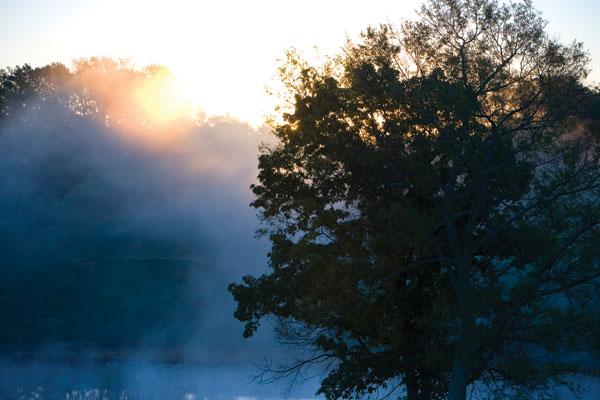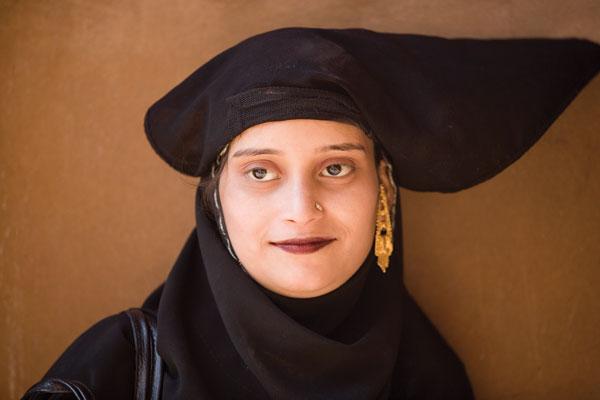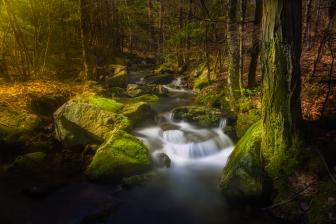Newsletter
Sort By: Post Date TitlePublish Date
|
Dec 15, 2011 |
|
Nov 21, 2011 |
First Published: Dec 01, 2011 |
|
Nov 16, 2011 |
|
Nov 16, 2011 |
|
Nov 16, 2011 |
|
Oct 17, 2011 |
First Published: Nov 01, 2011 |
 On The Cover
On The Cover


 On The Cover
On The Cover


 On The Cover
On The Cover



